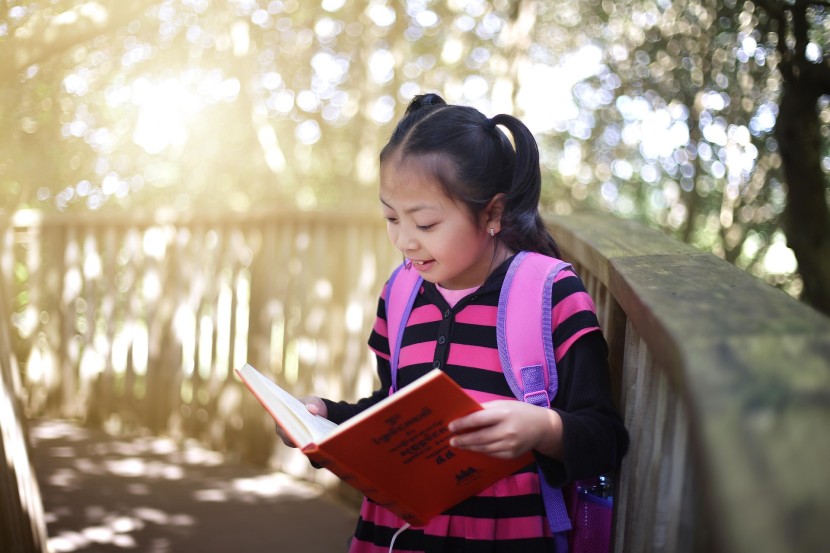
Top Reading Tips
Easy Ways to Teach Your Child How to Read
Teaching your child how to read doesn’t need to feel like a mountain to climb. In fact, with a little patience, playfulness, and the right approach, reading can become one of the most exciting adventures you take together. Every child learns at their own pace, but there are some simple, proven strategies you can use to gently guide them along the way.
1. Start With Sounds, Not Letters
Before children can read words, they need to hear and recognize the sounds that letters make. This is called phonemic awareness.
Play games like clapping out syllables in words (“ba-na-na” gets three claps).
Emphasize first sounds in words: “C-c-cat starts with C!”
Use rhyming songs and nursery rhymes—they’re more powerful than they look!
2. Surround Them With Print
Children are natural observers. If they see words everywhere, they’ll start to connect print with meaning.
Label items around the house (door, chair, cup).
Read road signs, cereal boxes, and menus aloud.
Keep books within their reach, not just on a high shelf.
3. Make Reading a Daily Ritual
Consistency is key. Even 10–15 minutes a day of shared reading can make a big difference.
Choose books with big pictures, repetitive patterns, and predictable text.
Let your child turn the pages and point to words.
Re-read favorites—repetition builds confidence and recognition.
4. Play With Letters
Learning letters doesn’t have to be limited to flashcards. Make it hands-on and fun!
Use magnetic letters on the fridge.
Trace letters in sand, playdough, or even flour on the table.
Try alphabet puzzles or letter scavenger hunts (“find something that starts with S!”).
5. Blend Sounds Together
Once your child knows a few letter sounds, help them blend them into words.
Start with simple CVC words (consonant-vowel-consonant): cat, hat, dog, sun.
Use “sound stretching”: say “c—aaa—t” slowly, then squish it together: cat.
Celebrate small wins—even reading one word is a big achievement!
6. Make It Playful, Not Pressure
Children learn best when they’re relaxed and having fun.
Turn reading into a game (bingo, matching, memory).
Read silly voices for characters.
Give lots of encouragement and let mistakes slide with gentle correction.
7. Model a Love for Reading
Kids copy what they see. If they see you reading—whether it’s a book, recipe, or even your grocery list—they’ll understand that reading is valuable.
Share what you’re reading with them: “Look! This says spaghetti. That’s what we’re having tonight!”
Visit the library together and let them choose their own books.

Article by Ashley S
Published 26 Sep 2025